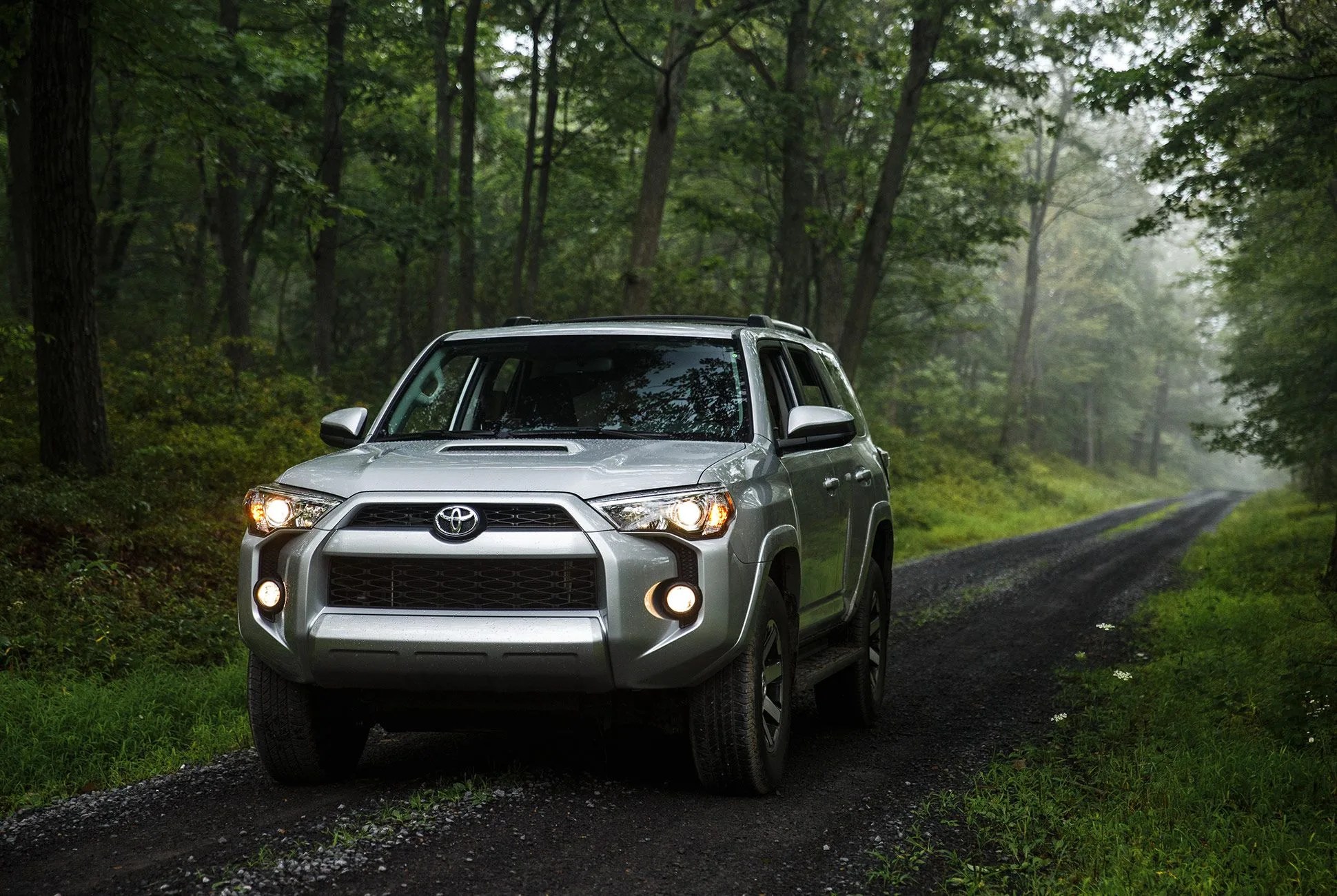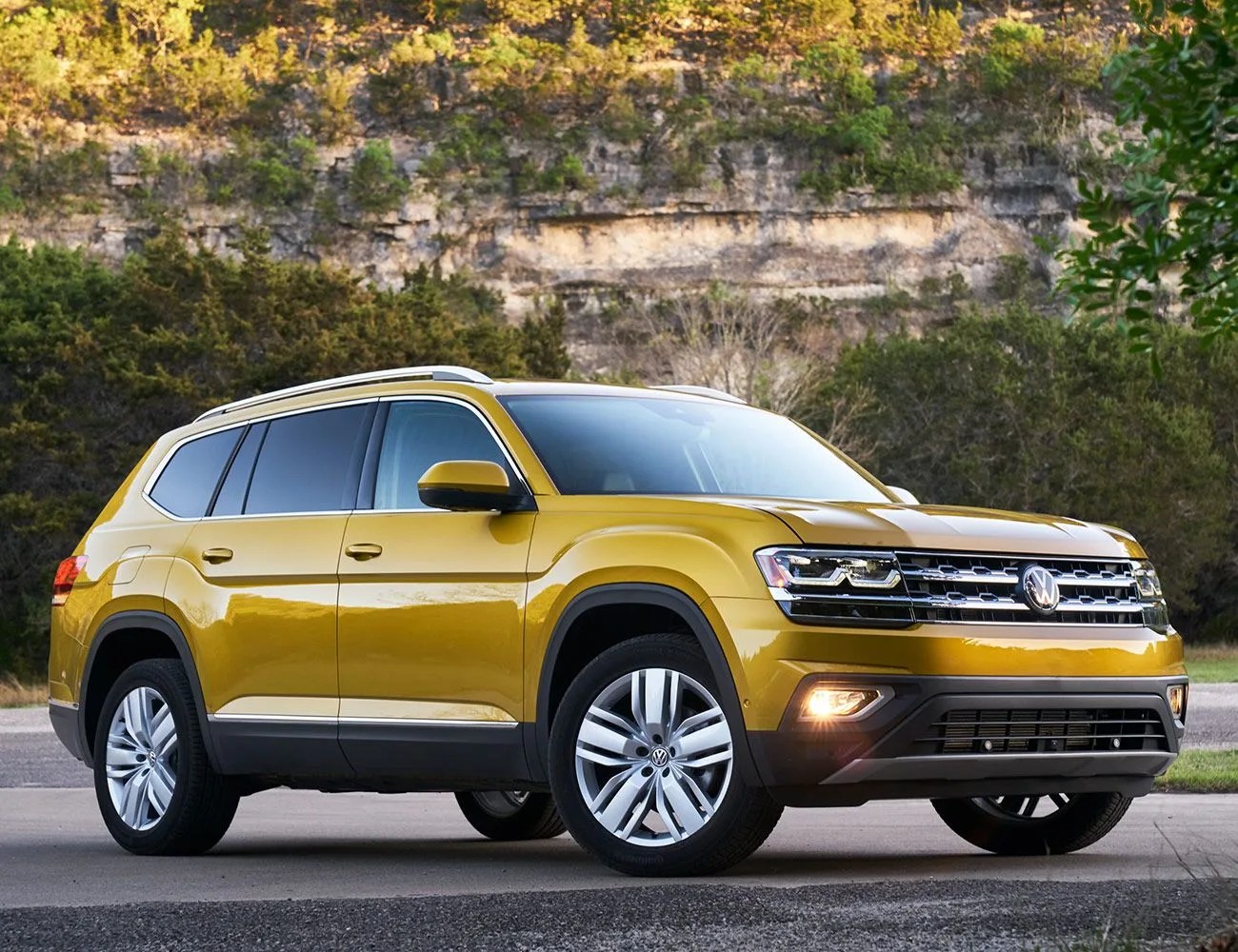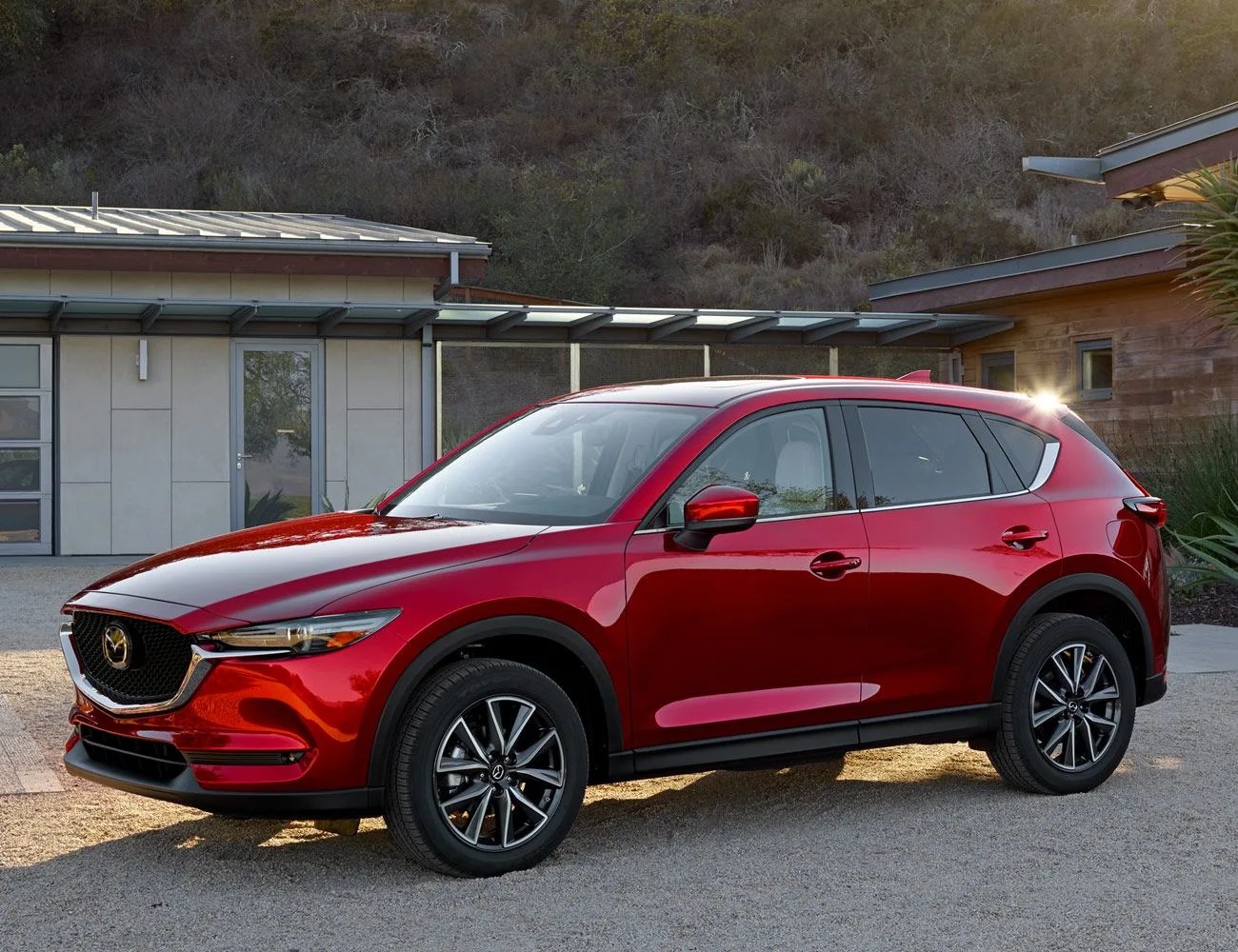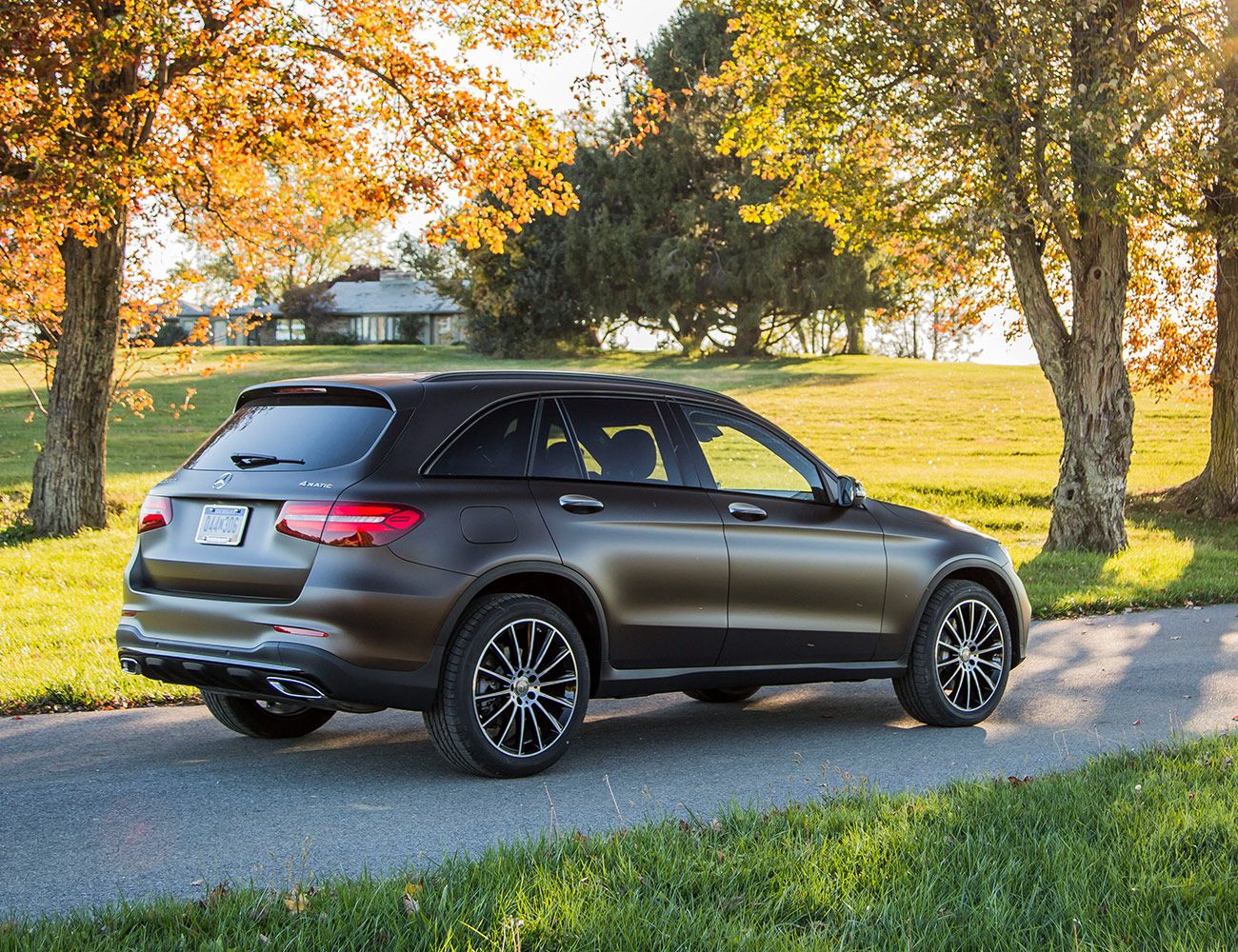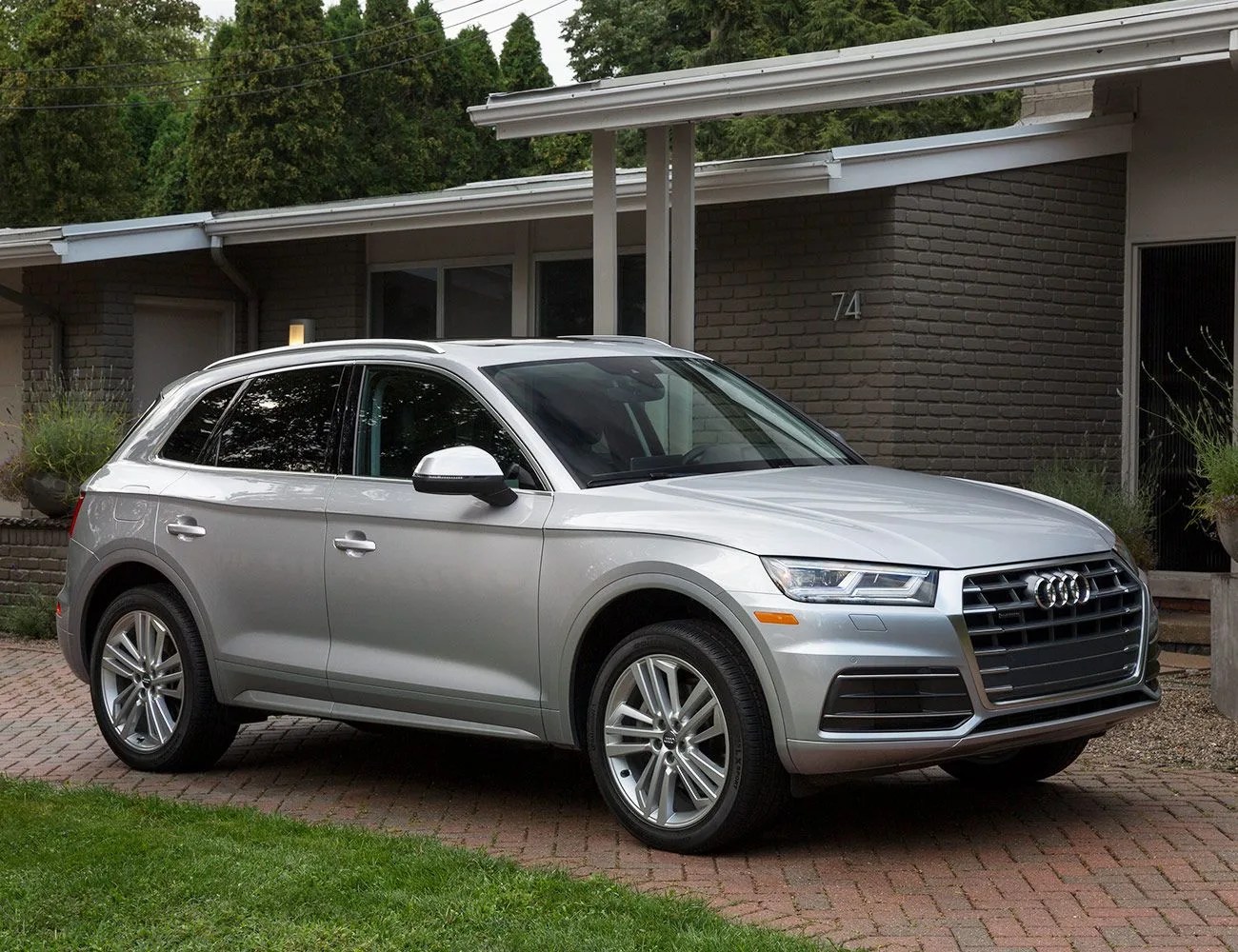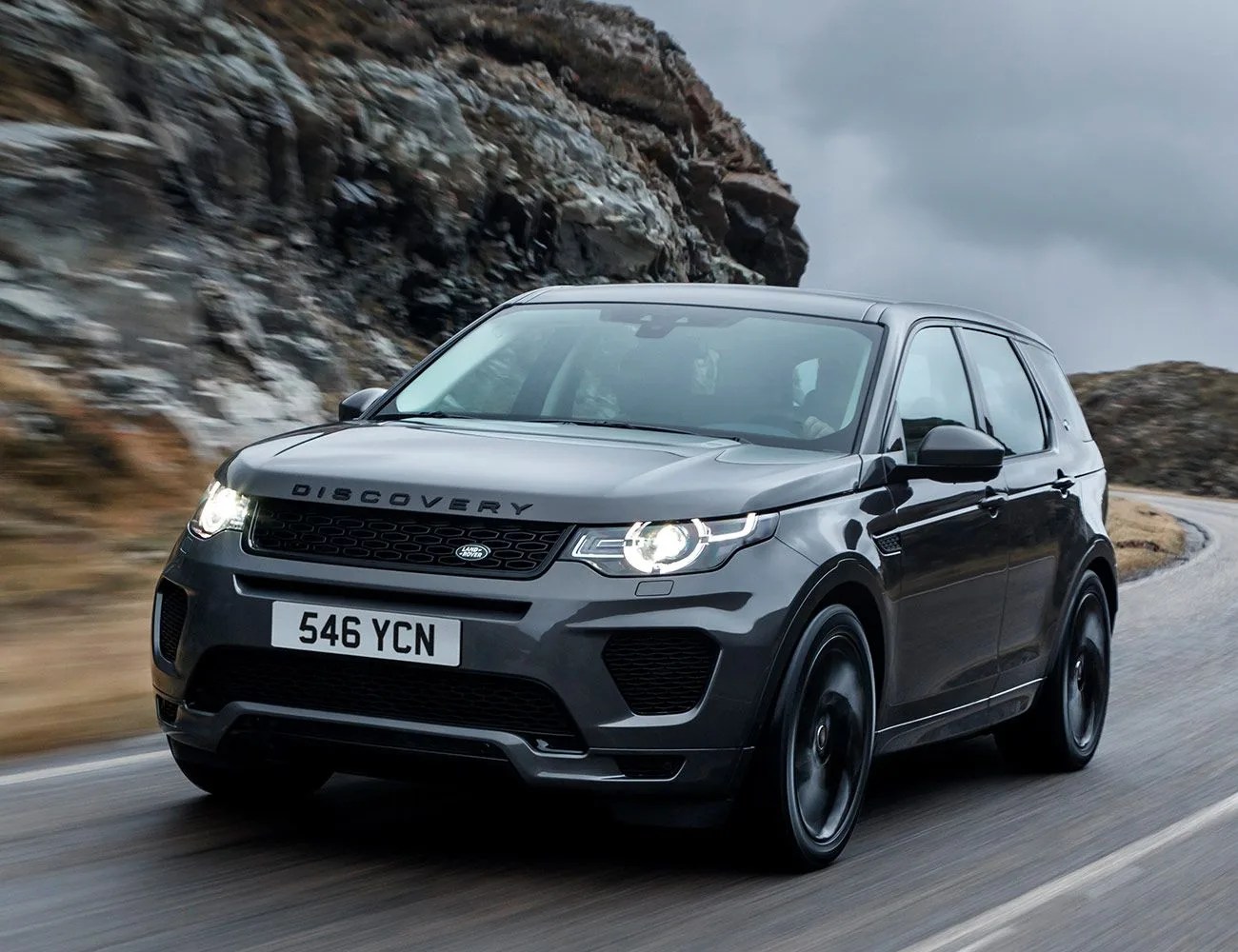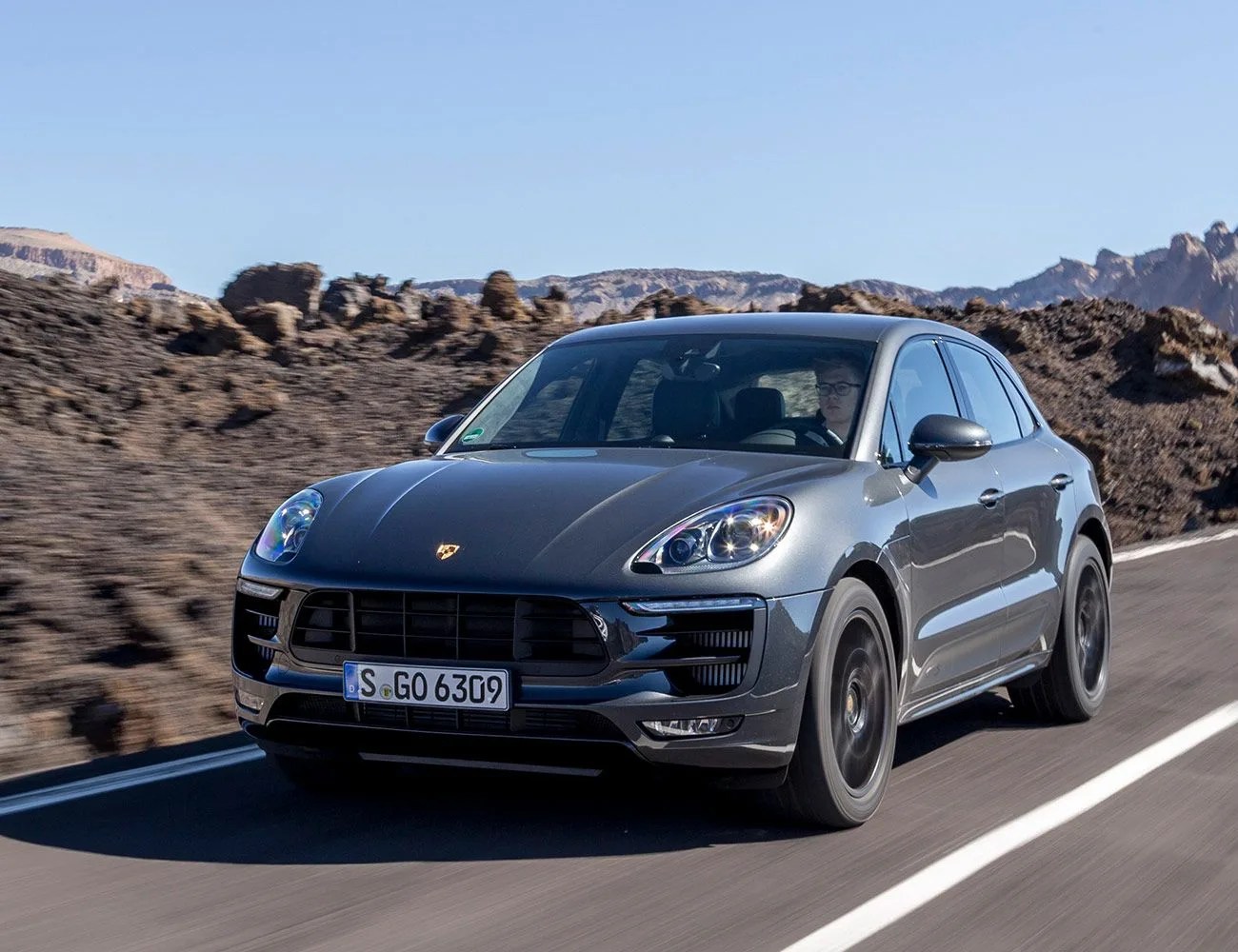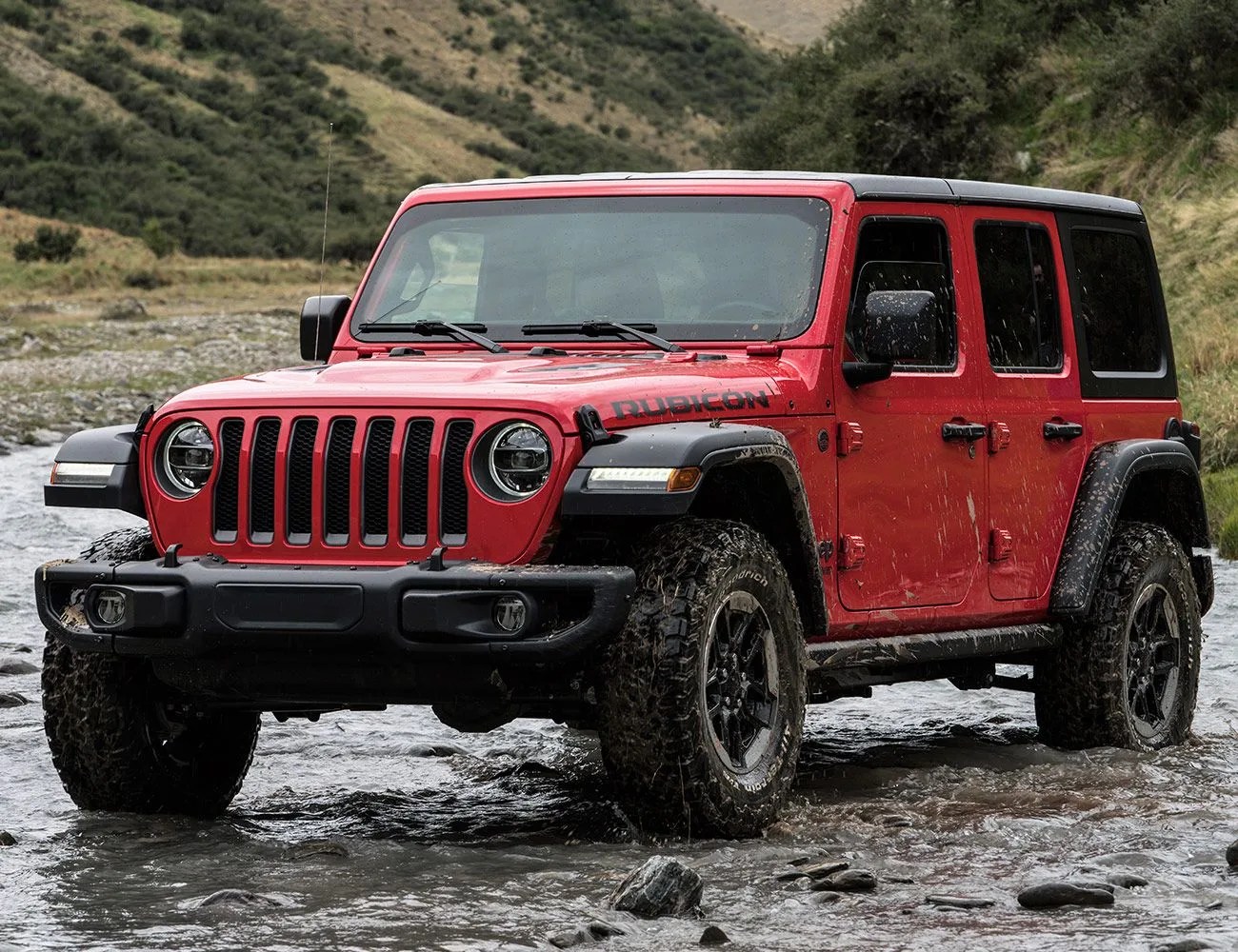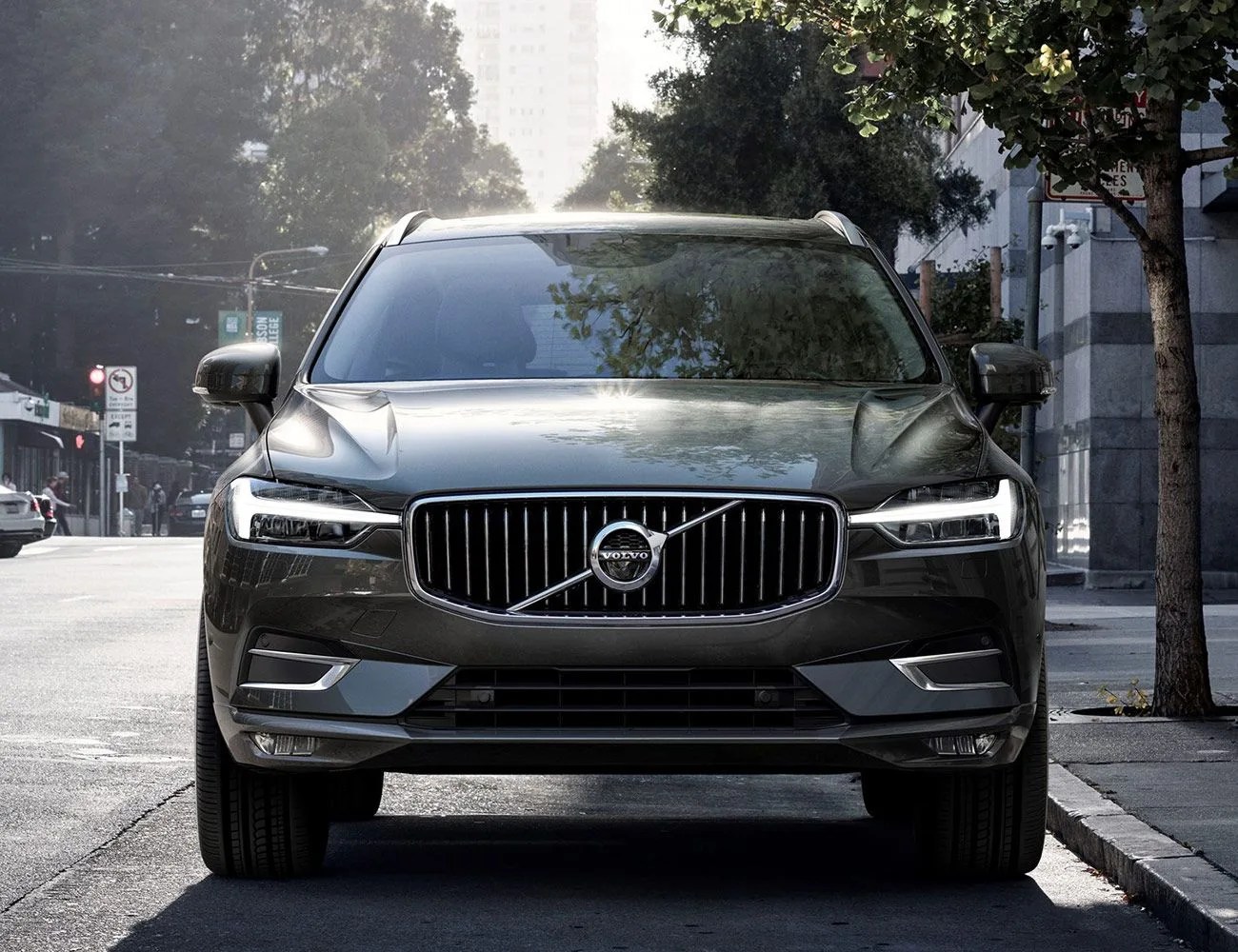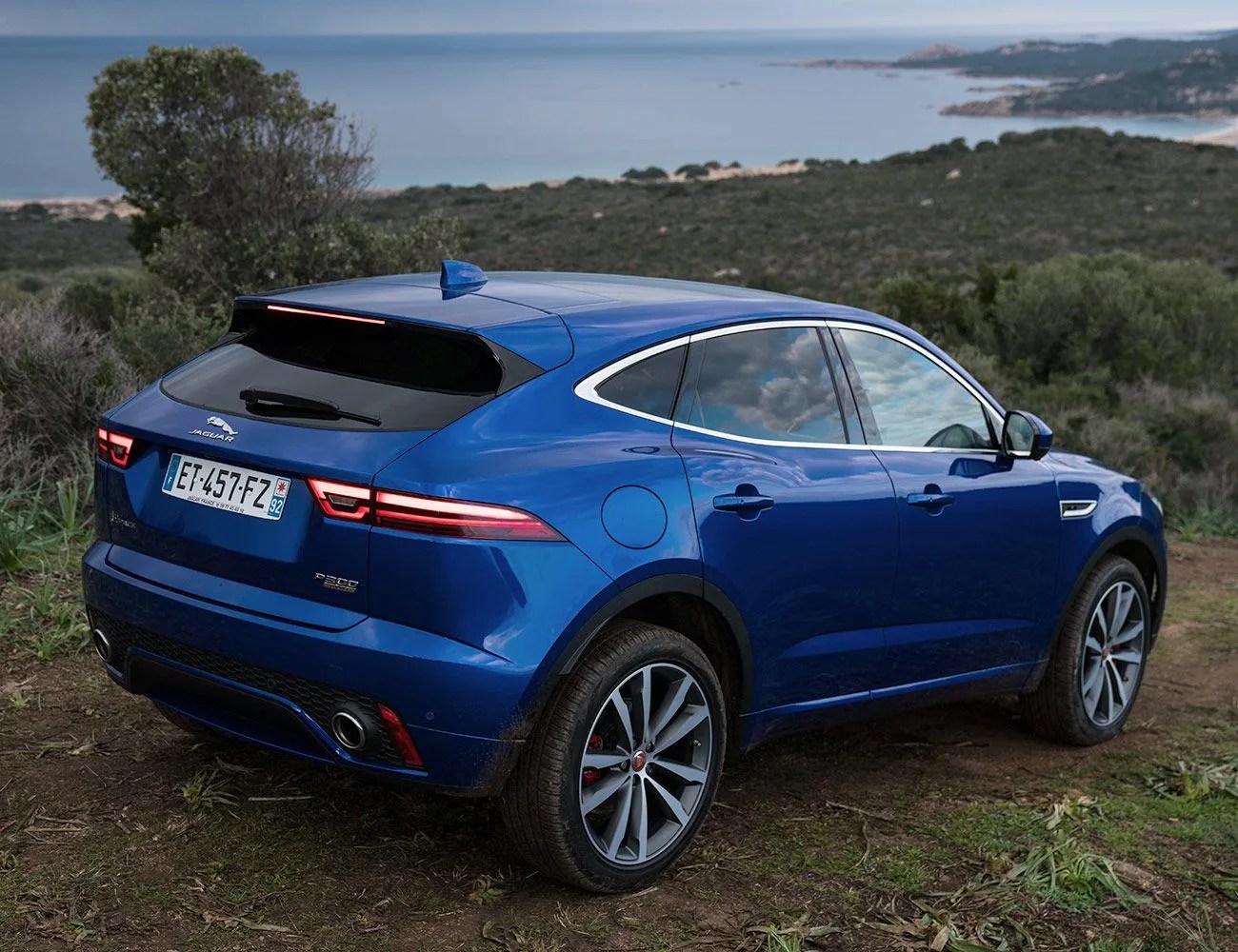What Exactly Is an SUV?
The term “SUV” gets thrown around an awful lot. Used to be, an SUV, or sport utility vehicle, was a truck-based, body-on-frame vehicle with four-wheel-drive capability. SUVs were rugged and adventure-focused, sometimes military-inspired, and always center to the American Dream: a big, shiny, SUV was a symbol of classic stateside excess, and in the 1990s and 2000s, the country seemed to be a sea of high-roofed utes. This was the time of superlative Hummer H1s and Ford Excursions, which completely dwarfed almost everything else on the road, save actual utility vehicles. Prior to that, Broncos and FJs roamed the streets and woods and beaches. But because constitutes a sport utility vehicle has always been an inherently fluid concept, the marketplace continues to shift for various reasons.
As environmental restrictions have become necessarily tighter in recent decades, and especially after the economic collapse of 2008, a wake-up call has spread across the auto industry. Like the death-blow meteor that made extinct outsized reptiles millions of years ago, the challenges of our times have necessitated that even our biggest vehicles become more efficient and rely less on fossil fuels. In the SUV’s heyday, we didn’t care much about how much gas we burned in the name of big-vehicle excess. Those were traditional times; things aren’t so traditional anymore. SUVs have become car-like; crossovers were invented; the automotive evolution is constant.
We, the car-consumer public, still generally want large vehicles. But car companies have been forced to produce more efficient products as they are, more and more, held accountable for emissions. That, coupled with the notion that it’s much cheaper to mass-produce vehicles that share common, car-based architecture, has dictated that SUVs of yore — like the Mercedes-Benz G-Wagen and Toyota 4Runner — are endangered species. But this evolution hasn’t stopped us from calling big vehicles, be they crossovers or, in some cases even just tall wagons, SUVs, despite them not being simple trucks in the traditional sense.
So what is an SUV today? It used to be a rock-crawling, Jeep-like vehicle that could also on occasion ferry people in comfort. Now, it’s the opposite: an on-road automobile with a higher-than-normal ground clearance that can power all four of its wheels in the event it ever has to put a tire off the pavement. Today’s SUV still provides sport and utility, but it does so with different proportions and in different ways than in the past. Purists will scoff at the notion that a lot of the vehicles on this list are, in fact, on this list. But SUV purists are going the way of the old-school SUV in favor of the sport utility vehicle our times demand. And as you can see below, that is definitely not a bad thing.
The Future of SUVs
When Porsche launched its Cayenne SUV in the early 2000s, purist enthusiasts were at a loss. The SUV seemed to be all four horsemen of the apocalypse rolled into one: first, Porsche had taken away the air-cooled 911, and now an elephant-sized charlatan wore the Stuttgart crest. But consumer trends have dictated the Cayenne’s success: people want SUVs from premium and luxury sports car brands like Porsche just as much as they do from mainstream brands like Ford and Chevy. The Cayenne was just the beginning: prestige brand after prestige brand has jumped on the (lifted) bandwagon, breaking into the space for the first time.
Bentley, who launched its Bentayga SUV in 2016, becoming the first luxury automaker to do such a thing. In true form, the Bentayga is superlative luxury and refinement: an exotic and powerful W12 engine motivates a plush, materials-rich cabin that’s customizable with every type of wood and color of leather, not to mention an optional $160,000 clock. Already, Bentley is introducing V8 and hybrid versions of the Bentayga, a vehicle that shares a platform and many components with other vehicles in Volkswagen’s (the brand’s parent company) lineup, notably the Audi Q7.
